Stephen Blundell, Katherine Blundell0198567707, 9780198567707, 9781435609723
Table of contents :
Contents……Page 12
I: Preliminaries……Page 20
1 Introduction……Page 21
1.1 What is a mole?……Page 22
1.2 The thermodynamic limit……Page 23
1.3 The ideal gas……Page 25
1.4 Combinatorial problems……Page 26
1.5 Plan of the book……Page 28
Exercises……Page 31
2.1 A definition of heat……Page 32
2.2 Heat capacity……Page 33
Exercises……Page 36
3 Probability……Page 37
3.1 Discrete probability distributions……Page 38
3.2 Continuous probability distributions……Page 39
3.3 Linear transformation……Page 40
3.4 Variance……Page 41
3.5 Linear transformation and the variance……Page 42
3.6 Independent variables……Page 43
Exercises……Page 46
4.1 Thermal equilibrium……Page 49
4.2 Thermometers……Page 50
4.3 The microstates and macrostates……Page 52
4.4 A statistical definition of temperature……Page 53
4.6 Canonical ensemble……Page 55
4.7 Applications of the Boltzmann distribution……Page 59
Exercises……Page 63
II: Kinetic theory of gases……Page 64
5.1 The velocity distribution……Page 65
5.2 The speed distribution……Page 66
5.3 Experimental justification……Page 68
Exercises……Page 71
6 Pressure……Page 73
6.1 Molecular distributions……Page 74
6.2 The ideal gas law……Page 75
6.3 Dalton’s law……Page 77
Exercises……Page 78
7.1 Flux……Page 81
7.2 Effusion……Page 83
Exercises……Page 86
8.1 The mean collision time……Page 87
8.2 The collision cross-section……Page 88
8.3 The mean free path……Page 90
Exercises……Page 91
III: Transport and thermal diffusion……Page 92
9.1 Viscosity……Page 93
9.2 Thermal conductivity……Page 98
9.3 Diffusion……Page 100
9.4 More-detailed theory……Page 103
Further reading……Page 105
Exercises……Page 106
10.1 Derivation of the thermal diffusion equation……Page 107
10.2 The one-dimensional thermal diffusion equation……Page 108
10.4 The thermal diffusion equation for a sphere……Page 111
10.5 Newton’s law of cooling……Page 114
10.6 The Prandtl number……Page 116
10.7 Sources of heat……Page 117
Exercises……Page 118
IV: The first law……Page 122
11.1 Some definitions……Page 123
11.2 The first law of thermodynamics……Page 125
11.3 Heat capacity……Page 127
Exercises……Page 130
12.1 Reversibility……Page 133
12.2 Isothermal expansion of an ideal gas……Page 135
12.4 Adiabatic atmosphere……Page 136
Exercises……Page 138
V: The second law……Page 140
13.1 The second law of thermodynamics……Page 141
13.2 The Carnot engine……Page 142
13.3 Carnot’s theorem……Page 145
13.5 Examples of heat engines……Page 146
13.6 Heat engines running backwards……Page 148
13.7 Clausius’ theorem……Page 149
Exercises……Page 152
14.2 Irreversible change……Page 155
14.3 The first law revisited……Page 157
14.4 The Joule expansion……Page 159
14.5 The statistical basis for entropy……Page 161
14.6 The entropy of mixing……Page 162
14.7 Maxwell’s demon……Page 164
14.8 Entropy and probability……Page 165
Exercises……Page 168
15.1 Information and Shannon entropy……Page 172
15.2 Information and thermodynamics……Page 174
15.3 Data compression……Page 175
15.4 Quantum information……Page 177
Exercises……Page 180
VI: Thermodynamics in action……Page 182
16.1 Internal energy, U……Page 183
16.2 Enthalpy, H……Page 184
16.3 Helmholtz function, F……Page 185
16.4 Gibbs function, G…….Page 186
16.5 Availability……Page 187
16.6 Maxwell’s relations……Page 189
Exercises……Page 197
17.1 Elastic rod……Page 201
17.2 Surface tension……Page 204
17.3 Paramagnetism……Page 205
Exercises……Page 211
18.1 Different statements of the third law……Page 212
18.2 Consequences of the third law……Page 214
Exercises……Page 217
VII: Statistical mechanics……Page 218
19.1 Equipartition theorem……Page 219
19.2 Applications……Page 222
19.3 Assumptions made……Page 224
19.4 Brownian motion……Page 226
Exercises……Page 227
20 The partition function……Page 228
20.1 Writing down the partition function……Page 229
20.2 Obtaining the functions of state……Page 230
20.4 Combining partition functions……Page 237
Exercises……Page 238
21.1 Density of states……Page 240
21.2 Quantum concentration……Page 242
21.3 Distinguishability……Page 243
21.4 Functions of state of the ideal gas……Page 244
21.5 Gibbs paradox……Page 247
21.6 Heat capacity of a diatomic gas……Page 248
Exercises……Page 249
22.1 A definition of the chemical potential……Page 251
22.2 The meaning of the chemical potential……Page 252
22.3 Grand partition function……Page 254
22.4 Grand potential……Page 255
22.6 Many types of particle……Page 257
22.7 Particle number conservation laws……Page 258
22.8 Chemical potential and chemical reactions……Page 259
Further reading……Page 264
Exercises……Page 265
23 Photons……Page 266
23.1 The classical thermodynamics of electromagnetic radiation……Page 267
23.2 Spectral energy density……Page 268
23.3 Kirchhoff’s law……Page 269
23.4 Radiation pressure……Page 271
23.5 The statistical mechanics of the photon gas……Page 272
23.6 Black body distribution……Page 273
23.7 Cosmic Microwave Background radiation……Page 276
23.8 The Einstein A and B coefficients……Page 277
Further reading……Page 280
Exercises……Page 281
24.1 The Einstein model……Page 282
24.2 The Debye model……Page 284
24.3 Phonon dispersion……Page 287
Exercises……Page 290
VIII: Beyond the ideal gas……Page 292
25.2 The ultrarelativistic gas……Page 293
25.3 Adiabatic expansion of an ultrarelativistic gas……Page 296
Exercises……Page 298
26.1 The van der Waals gas……Page 299
26.2 The Dieterici equation……Page 307
26.3 Virial expansion……Page 309
26.4 The law of corresponding states……Page 313
Exercises……Page 315
27.1 The Joule expansion……Page 316
27.2 Isothermal expansion……Page 318
27.3 Joule–Kelvin expansion……Page 319
27.4 Liquefaction of gases……Page 321
Exercises……Page 323
28.1 Latent heat……Page 324
28.3 The Clausius–Clapeyron equation……Page 327
28.4 Stability & metastability……Page 332
28.5 The Gibbs phase rule……Page 335
28.6 Colligative properties……Page 337
28.7 Classification of phase transitions……Page 339
Exercises……Page 342
29.1 Exchange and symmetry……Page 344
29.2 Wave functions of identical particles……Page 345
29.3 The statistics of identical particles……Page 348
Exercises……Page 351
30.1 The non-interacting quantum fluid……Page 356
30.2 The Fermi gas……Page 359
30.3 The Bose gas……Page 364
30.4 Bose–Einstein condensation (BEC)……Page 365
Further reading……Page 370
Exercises……Page 371
IX: Special topics……Page 372
31 Sound waves……Page 373
31.2 Sound waves under adiabatic conditions……Page 374
31.3 Are sound waves in general adiabatic or isothermal?……Page 375
31.4 Derivation of the speed of sound within fluids……Page 376
Exercises……Page 379
32.2 Structure of shock waves……Page 380
32.3 Shock conservation laws……Page 382
32.4 The Rankine–Hugoniot conditions……Page 383
Exercises……Page 386
33.1 Brownian motion……Page 387
33.2 Johnson noise……Page 390
33.3 Fluctuations……Page 391
33.4 Fluctuations and the availability……Page 392
33.5 Linear response……Page 394
33.6 Correlation functions……Page 397
Exercises……Page 404
34.1 Entropy production……Page 405
34.2 The kinetic coefficients……Page 406
34.3 Proof of the Onsager reciprocal relations……Page 407
34.4 Thermoelectricity……Page 410
34.5 Time reversal and the arrow of time……Page 414
Exercises……Page 416
35 Stars……Page 417
35.1 Gravitational interaction……Page 418
35.2 Nuclear reactions……Page 423
35.3 Heat transfer……Page 424
Exercises……Page 431
36.1 Electron degeneracy pressure……Page 432
36.2 White dwarfs……Page 434
36.3 Neutron stars……Page 435
36.4 Black holes……Page 437
36.5 Accretion……Page 438
36.6 Black holes and entropy……Page 439
36.7 Life, the Universe and Entropy……Page 440
Exercises……Page 442
37.1 Solar energy……Page 443
37.2 The temperature profile in the atmosphere……Page 444
37.3 The greenhouse effect……Page 446
Exercises……Page 451
A: Fundamental constants……Page 452
B: Useful formulae……Page 453
C.2 The Gaussian integral……Page 455
C.3 Stirling’s formula……Page 458
C.4 Riemann zeta function……Page 460
C.5 The polylogarithm……Page 461
C.6 Partial derivatives……Page 462
C.7 Exact differentials……Page 463
C.9 Jacobians……Page 464
C.11 Fourier transforms……Page 466
C.12 Solution of the diffusion equation……Page 467
C.13 Lagrange multipliers……Page 468
D: The electromagnetic spectrum……Page 470
E: Some thermodynamical definitions……Page 471
F: Thermodynamic expansion formulae……Page 472
G: Reduced mass……Page 473
H: Glossary of main symbols……Page 474
I: Bibliography……Page 476
C……Page 479
G……Page 480
M……Page 481
S……Page 482
Z……Page 483
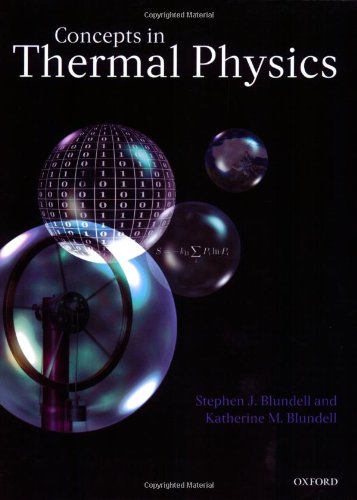
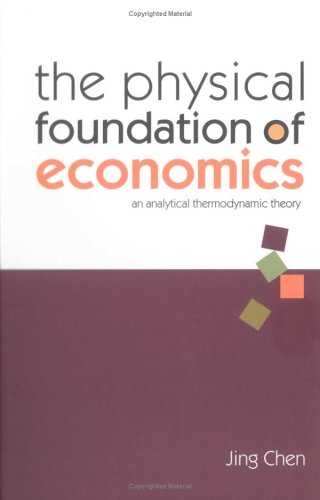
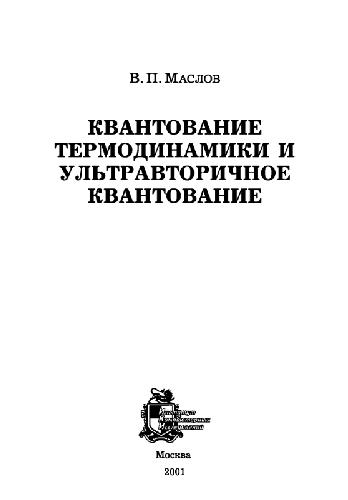
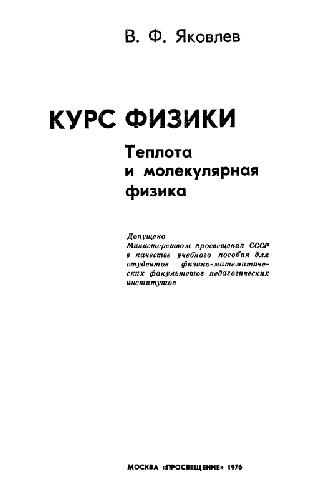
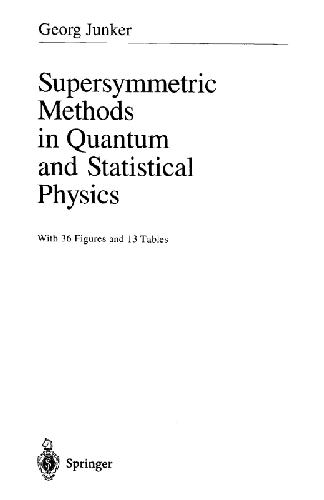

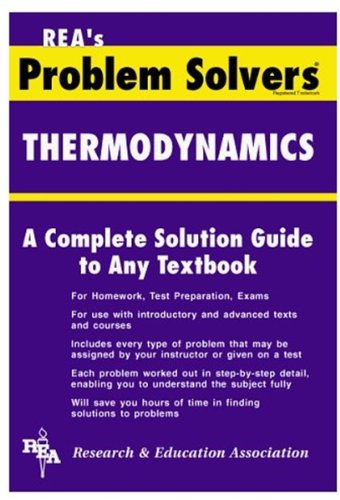
Reviews
There are no reviews yet.